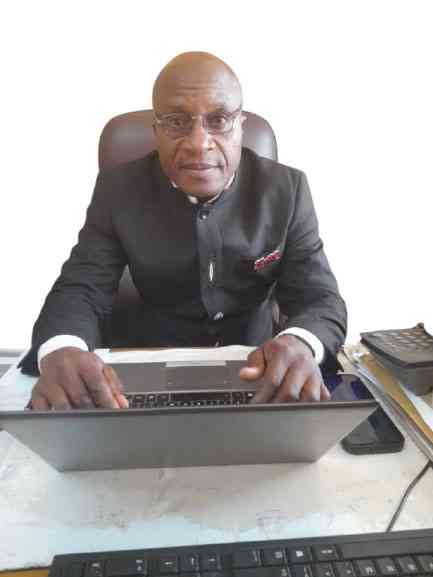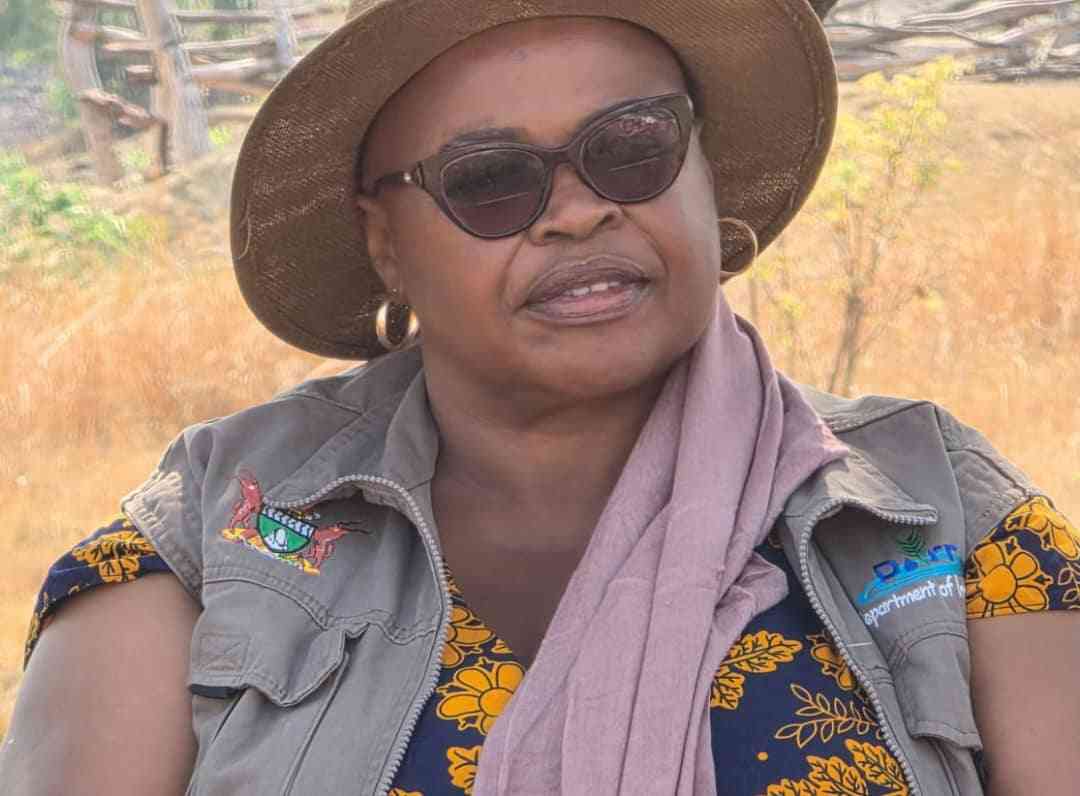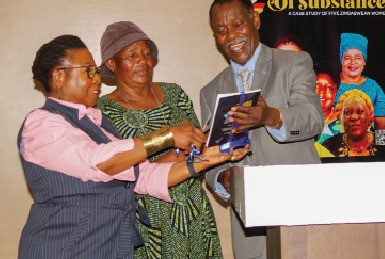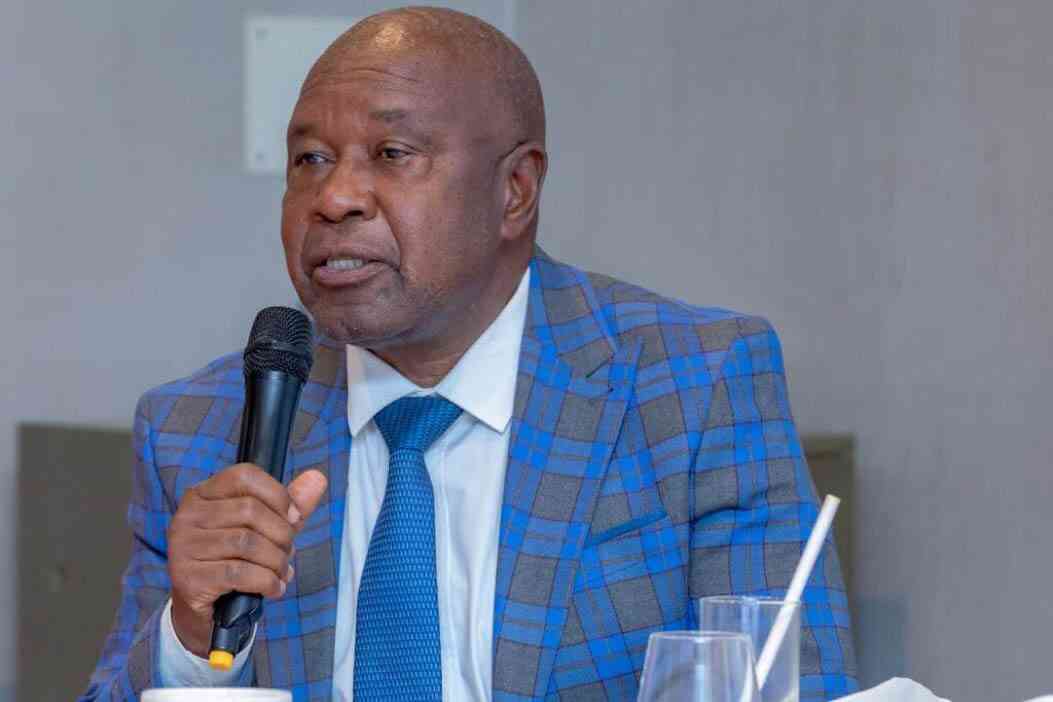
Zimbabwe's Vision 2030 is a beacon of hope for a brighter future, outlining a clear roadmap for the country to become an upper-middle-income society by 2030.
This ambitious plan, aptly described as "the house on top of the hill," requires the collective effort and support of every citizen, stakeholder, and institution. President Emmerson Mnangagwa's administration has demonstrated unwavering commitment to this vision, and it is imperative that we all rally behind him to achieve this goal.
One of the defining characteristics of President Mnangagwa's leadership is his ability to translate words into action.
The implementation of key strategies and projects is a testament to his stewardship and commitment to the welfare of the Zimbabwean people.
A cursory glance at the country's development landscape reveals a plethora of projects that are transforming the nation such as; the construction of roads, bridges, and housing units.
These initiatives demonstrate the President's unwavering dedication to leaving no one and no place behind.
The President's vision is not based on mere rhetoric; it is backed by concrete blueprints that provide a clear roadmap for achieving Vision 2030.
The National Stabilisation Programme (2018-2020) laid the foundation for economic recovery, while the National Development Strategy 1 (2021-2025) focuses on transformative and inclusive growth.
- Financial inclusion critical for African agriculture success
- ZITF Company launches AfriConfex
- FBC embarks on housing schemes
- 'Zim needs to revamp tourism infrastructure'
Keep Reading
The forthcoming National Development Strategy 2 (2026-2030) will build on the successes of its predecessor, driving the country closer to its goal of becoming an upper-middle-income society.
These strategies are unique and tailored to address the specific needs of the country, ensuring that every sector and individual contributes to the realization of Vision 2030.
One of the most visible manifestations of the President's commitment to Vision 2030 is the massive infrastructure development programme.
The construction of roads, bridges, and housing units is not only improving the quality of life for citizens but also creating jobs and stimulating economic growth.
The rehabilitation of roads and bridges is enhancing connectivity, facilitating trade, and reducing transportation costs.
The construction of housing units is addressing the housing backlog, providing decent shelter for families, and contributing to the development of sustainable communities.
As we journey towards 2030, it is imperative that all stakeholders join hands with the President to support Vision 2030.
We must put aside our differences and work towards a common goal – the prosperity of our nation.
Criticism for the sake of criticism will not take us far; instead, we should focus on constructive engagement and meaningful participation.
Good things deserve recognition, and the President's leadership is worthy of our appreciation and support.
The journey towards Vision 2030 will not be without its challenges, but with the President's leadership and the collective effort of the Zimbabwean people, we can overcome any obstacle.
We have a unique opportunity to shape our destiny and create a brighter future for ourselves and future generations.
Let us seize this moment with both hands and work towards a common goal.
In conclusion, Vision 2030 is not just a pipe dream; it is a realistic goal that can be achieved with the collective effort of all stakeholders.
The President's leadership and commitment to this vision are evident in the various initiatives and projects that are transforming the country.
Let us rally behind him and support this noble cause.
Together, we can make Vision 2030 a reality and build a prosperous and sustainable future for all Zimbabweans.
*Clever Marisa (PhD) is a social scientist and public health practitioner. The views expressed here are his own and do not necessarily reflect the views of his affiliated institution or any organisation.











